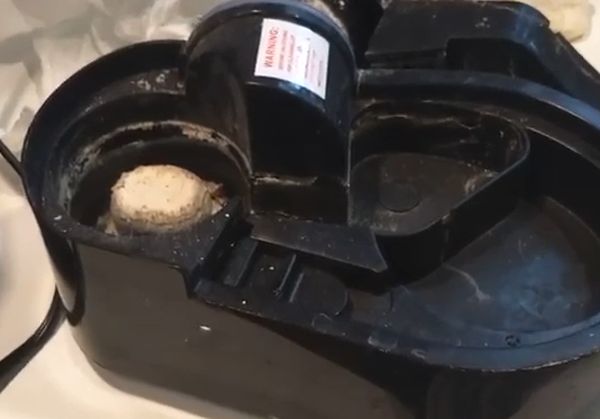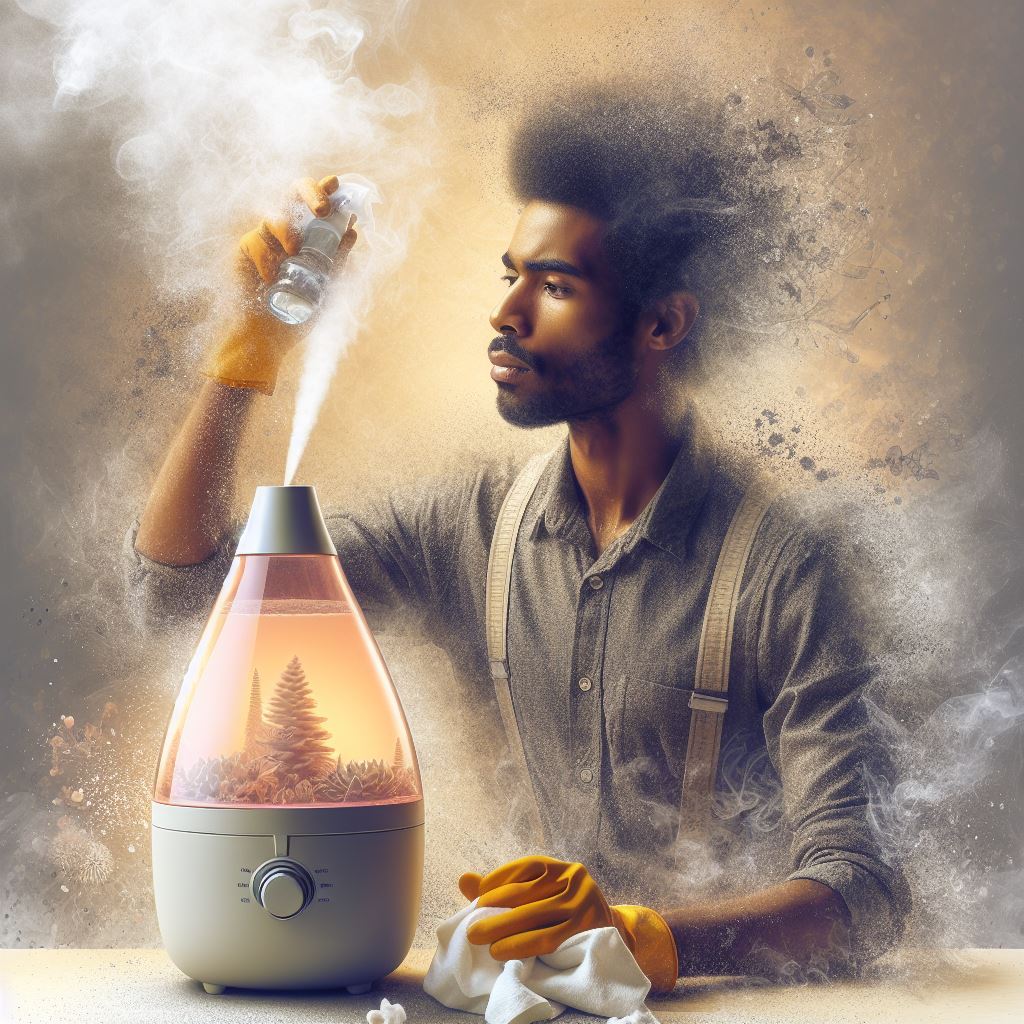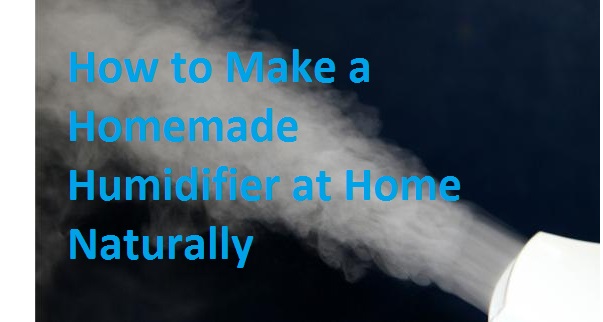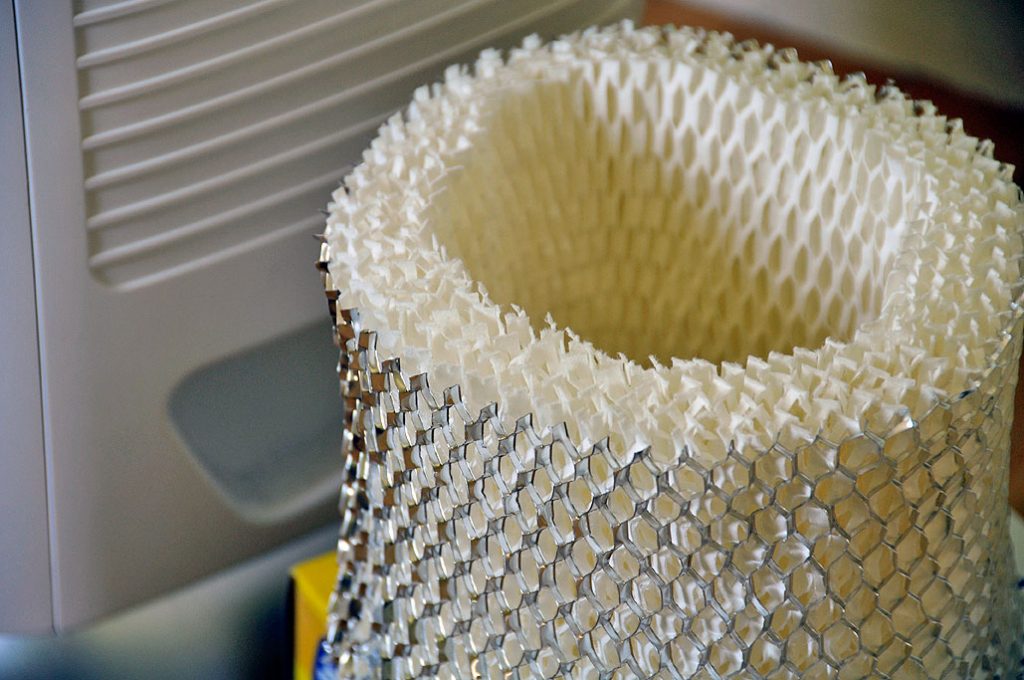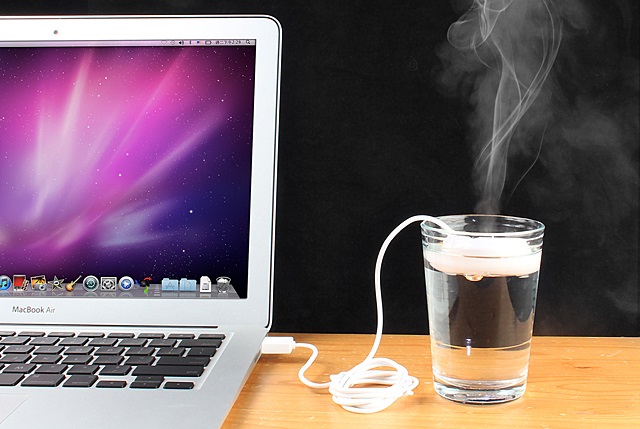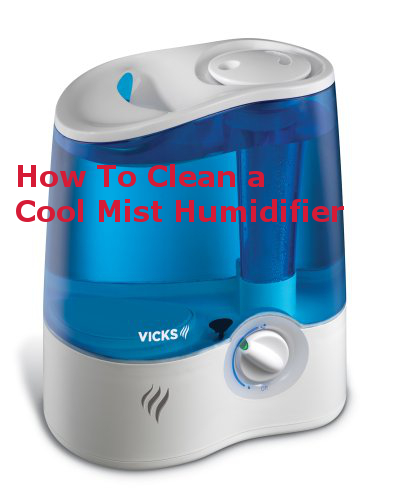Prevent Calcium Buildup in Humidifiers: Easy Maintenance Tips
If you’re like me, you know how vital a humidifier can be for comfort and health, especially during those dry months. But there’s a catch – calcium buildup can turn your trusty device into a problem rather than a solution.
I’ve discovered that preventing this pesky buildup isn’t just about prolonging the life of your humidifier; it’s about ensuring it works efficiently and keeps the air you breathe clean. So, I’m here to share some easy, effective strategies to keep your humidifier free from calcium’s clutches.
What Causes Calcium Buildup in Humidifiers?
Water plays a critical role in the performance of humidifiers, but it’s also the source of a common issue: calcium buildup. I’ve learned that when water evaporates, it leaves behind minerals including calcium and magnesium, which are naturally present in most water supplies. These hard water minerals are responsible for the white, crusty deposits that accumulate over time.
Calcium buildup results from a process called mineral precipitation which occurs as water is heated or as it evaporates during humidification. As the concentration of minerals increases, they tend to precipitate out, forming those hard, chalky scales. This is particularly prevalent if you’re using water with high mineral content, commonly known as hard water.
The impact of calcium buildup isn’t just cosmetic; it can impede your humidifier’s efficiency. The deposits can form a barrier on the wicking filter, heating element, or other critical parts, which reduces the amount of moisture that’s emitted into the air. Additionally, hard scales encrusting the parts could cause your humidifier to work harder, potentially shortening its lifespan and increasing your energy bills.
Here’s a breakdown of the main factors contributing to calcium buildup:
- Hard Water: The higher the mineral content, the more buildup you’ll see
- Frequency of Use: Regular use without proper maintenance increases mineral deposition
- Humidifier Type: Evaporative humidifiers tend to have more issues with mineral buildup than other types
- Maintenance Habits: Neglecting regular cleaning can exacerbate calcium accumulation
To mitigate the problem, monitor the mineral content in your water, and consider the type of humidifier you’re using. Regular maintenance is key in protecting your device against the detrimental effects of mineral buildup. I’ll delve into effective cleaning techniques in the next section, ensuring your humidifier remains in top condition without the unsightly and harmful effects of calcium deposits.
The Effects of Calcium Buildup on Your Humidifier
Calcium buildup in humidifiers can lead to a multitude of issues that directly affect the performance and longevity of the unit. As these hard, white deposits accumulate, they can clog the filters and narrow the channels through which water is meant to flow. This results in a machine that has to work harder to achieve the same level of humidity, ultimately shortening its lifespan.
The excessive strain on the humidifier’s motor caused by calcium obstruction can lead to increased energy consumption. Higher energy bills are often the unexpected consequence of mineral buildup. I’ve seen firsthand how a seemingly small issue like mineral deposits can escalate into costly expenses if not addressed promptly.
Moreover, the presence of calcium and mineral deposits can impact the quality of the mist the humidifier emits. Instead of dispersing clean, pure moisture into the air, a humidifier suffering from buildup may release a fine white dust. This dust is not just a nuisance; over time, it can affect indoor air quality and may pose health concerns especially for those with respiratory issues.
Regular cleaning is crucial to avoid these scenarios, but it’s also essential to know the hardness level of the water you’re using in your humidifier. Hard water contains high levels of calcium and magnesium, and this water quality significantly contributes to faster accumulation of deposits. I recommend using distilled or demineralized water if possible, which is specifically treated to contain fewer minerals.
When I check the internal components of my humidifier during cleaning, I pay special attention to the nebulizer or the ultrasonic disk, which are components prone to mineral deposits. A compromised nebulizer means compromised efficiency, as the water isn’t properly transformed into vapor. This is just one of the many delicate parts that can be encumbered by calcium buildup.
In tackling calcium buildup, early intervention makes all the difference. Stay proactive about maintenance and consider investing in a humidifier with built-in water softening features for added protection and optimized performance. Remember, a well-maintained humidifier is key to ensuring continuous comfort and optimal air quality in your home.
Why It’s Important to Prevent Calcium Buildup
When I notice a white, crusty residue on my humidifier, I recognize it as a sign of calcium buildup, also known as scale. Maintaining a clean humidifier is essential and here’s why preventing calcium buildup should be a priority for anyone using these devices.
First and foremost, calcium buildup diminishes the efficiency of humidifiers. As scale accumulates, it can restrict water flow and clog filters. This forces the machine to work harder to produce the same amount of humidity, leading to unnecessary energy expenditure. The harder a humidifier has to work, the more energy it consumes, incurring higher electricity costs.
Moreover, the quality of mist and, consequently, the air quality can be compromised due to excessive mineral deposits. When a humidifier has a large amount of scale, it might emit mist containing fine particles of these minerals. If inhaled, such contaminated mist can lead to health concerns, particularly in individuals with respiratory issues.
Maintenance becomes more frequent and demanding with increased calcium buildup. Regular cleaning is a must to ensure optimal performance. If left unchecked, hardened scale can become challenging to remove, necessitating the use of stronger, possibly harsh cleaning chemicals which could shorten the lifespan of the humidifier.
Prevention strategies are simple yet effective. Using distilled or demineralized water is key as it contains fewer minerals than tap water. Additionally, investing in a humidifier equipped with water softening features drastically reduces the need for tiresome maintenance. This proactive approach not only extends the functional life of the device but also ensures that the air in my home remains of the highest quality, keeping energy bills in check.
Strategies to Prevent Calcium Buildup in Humidifiers
Knowing how to tackle calcium buildup effectively ensures your humidifier remains in tip-top shape, enhancing its longevity and functionality. Below are some of the most effective strategies I’ve employed to keep my humidifier free from calcium and mineral deposits.
Use Distilled or Demineralized Water Using distilled or demineralized water is one of the simplest strategies to prevent mineral buildup. These water types have most of their mineral content removed, meaning less risk of calcium deposits forming in your humidifier. While it might be slightly more expensive than tap water, the investment is worth it for the health of your humidifier and the quality of air in your home.
Regular Cleaning Routine Maintaining a regular cleaning schedule is critical for preventing calcium buildup. I recommend cleaning the humidifier at least once a week with a mixture of white vinegar and water. The acetic acid in vinegar effectively breaks down mineral deposits, keeping your humidifier clean and functional.
Steps for Cleaning with Vinegar:
- Unplug and disassemble the humidifier
- Remove any filters for separate cleaning
- Mix one part white vinegar with two parts water
- Soak small parts in the vinegar solution for 30 minutes
- Use a cloth soaked in the solution to wipe down larger parts
- Rinse thoroughly with clean water before reassembling
Install a Water Softener If you live in an area with particularly hard water, installing a water softener might be a great solution. Water softeners remove minerals from your water supply, meaning they never make it into your humidifier in the first place. It’s a more permanent solution that benefits not just your humidifier but also other household appliances that use water.
Humidifier Additives Certain humidifier models recommend using additives designed to prevent mineral buildup. It’s important to follow the manufacturer’s recommendations here because using the wrong additive could potentially damage your unit or void any warranties, so always double-check before adding anything other than water to your humidifier.
By implementing these strategies, I’ve been able to significantly reduce the amount of calcium buildup in my humidifiers, thus maintaining a clean, efficient, and health-promoting machine. Remember, a little proactive care can go a long way in extending the lifespan of your humidifier.
Cleaning and Maintaining Your Humidifier to Prevent Calcium Buildup
Regular cleaning is critical to prevent calcium buildup in your humidifier. Since I’ve started using distilled water, I’ve noticed that the frequency of necessary cleanings has decreased significantly. However, it’s still important to maintain a routine to ensure optimal performance.
Weekly Maintenance
At the bare minimum, I recommend emptying and rinsing your humidifier’s tank once a week. It’s a simple yet effective step in mitigating mineral deposits. After rinsing, I use a clean cloth or a soft-bristled brush to wipe down the interior, which helps remove any existing buildup.
For a more thorough cleaning, I create a solution of equal parts distilled water and white vinegar. I let the tank soak for about 30 minutes before scrubbing. What’s great about vinegar is that it naturally breaks down the calcium deposits, making them easier to remove without the need for harsh chemicals.
Disinfecting Your Humidifier
In addition to weekly maintenance, disinfecting your humidifier is crucial for preventing the growth of mold and bacteria. Here’s how I do it:
- Empty the water tank and disassemble the humidifier.
- Fill the tank with a disinfecting solution made of one teaspoon of bleach per gallon of water.
- Let the solution sit for an hour, then rinse thoroughly to ensure no bleach remains.
It’s important to make sure every component is dry before reassembling to prevent any moisture from being trapped inside.
Best Practices for Daily Use
To make maintenance easier, there are daily practices that I find indispensable:
- Refill with fresh distilled or demineralized water daily.
- Empty excess water if the humidifier won’t be used for an extended period.
- Ensure the humidifier is situated in a well-ventilated area to prevent stagnant water.
By adhering to these maintenance routines, the lifespan of your humidifier will be substantially extended, keeping it free from the troubles of calcium buildup. Remember, the key to seamless operation lies in regular care and the use of proper water sources. My humidifier’s performance has improved tremendously, and I’m confident that yours will too with these diligent practices.
Conclusion
Keeping your humidifier free from calcium buildup is simpler than you might think. Stick to using distilled water and stay on top of your cleaning schedule with a mix of distilled water and white vinegar. Don’t forget to disinfect regularly too—it’s easy and makes a huge difference. By incorporating these habits into your routine you’ll not only prolong the life of your humidifier but also ensure it’s working efficiently for your comfort and health. Trust me, your future self will thank you for the extra effort you put in today.

